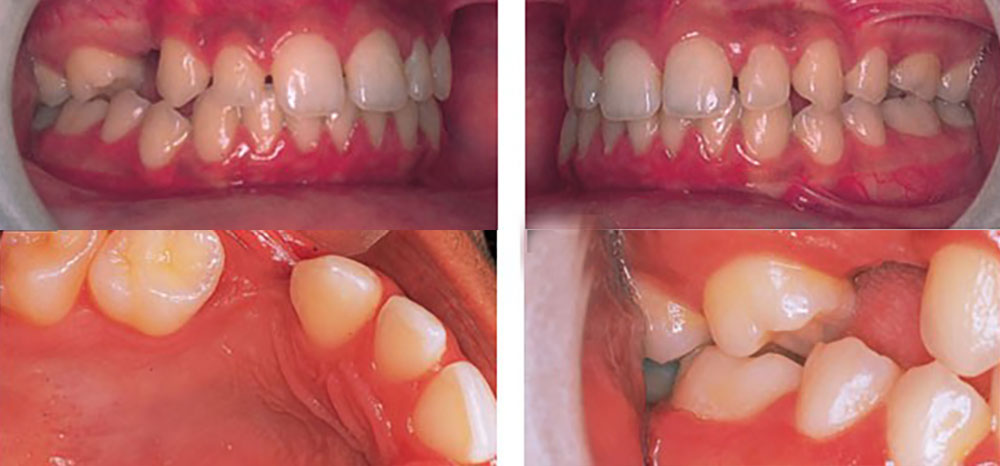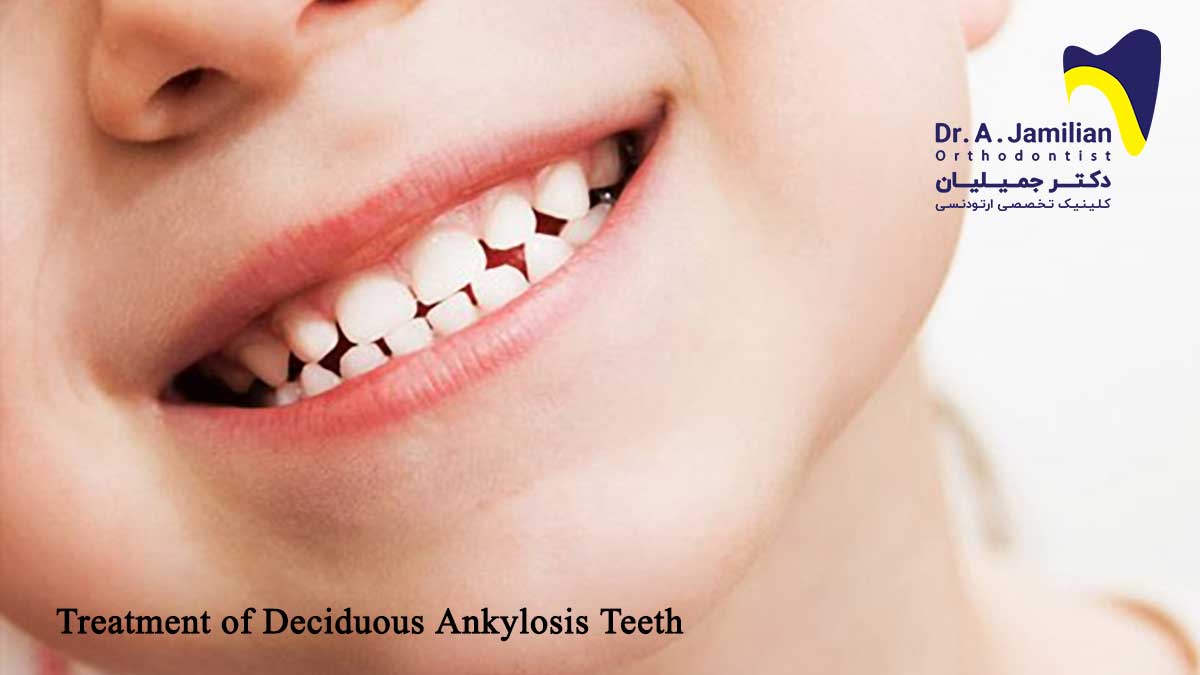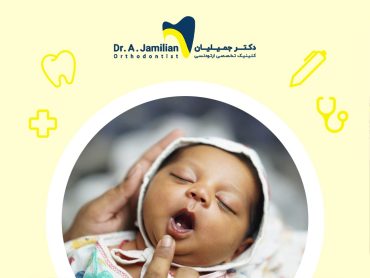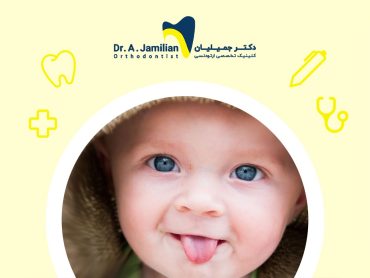Ankylosed or submerged milk teeth are teeth that do not keep up with other teeth in the quadrant in their vertical development. In this case, the teeth begin to attach to the alveolar bone and damage periodontal tissues. This condition usually occurs for impacted milk teeth, whereas those with a normal appearance that have gone through a complete and timely process of growth are not vulnerable to ankylosis. This is a rare condition that usually affects milk teeth.
Different methods to treat ankylosed milk teeth
In pediatric dentistry, the first step to treat ankylosed milk teeth is to determine whether the bud of the primary tooth exists. There are two modes of ankylosed milk teeth, each of which shall be treated by the dentist or the orthodontist using the best treatment regarding the disease status.

Treatment of the first type of ankylosed milk teeth
In this case, the bud of the primary tooth does exist. Although milk teeth usually fall out spontaneously during the eruption of permanent teeth, they should be regularly monitored not to prevent the growth of permanent teeth. When there is severe marginal ridge discrepancy, i.e. adjacent teeth are tilted due to the infraocclusion of milk teeth (similar to the extrusion of the adjacent tooth), there is no choice but to extract milk teeth. There is no concern about bone defects in such cases because the eruption of the permanent tooth can improve any possible bone defect.

Treatment of the second type of ankylosed milk teeth
In this case, the bud of the beneath permanent tooth does not exist. Because of the very slow root resorption process, such milk teeth usually remain until old age. Pinkham and McDonald have different views about the treatment of such ankylosed milk teeth:
Pinkham: In the case of severe infraocclusion, it is recommended to extract these teeth due to their bone defect caused by the lower bone margin as well as the lack of a pe1rmamnent tooth to replace and improve the bone defect. This treatment is proposed for cases where the ankylosed milk tooth is lower than the adjacent tooth.
MacDonald: There is no need to extract these teeth and their occlusion can be corrected using composite veneers or stainless steel crown (SS crown). This method can be used when adjacent teeth have fully erupted.



